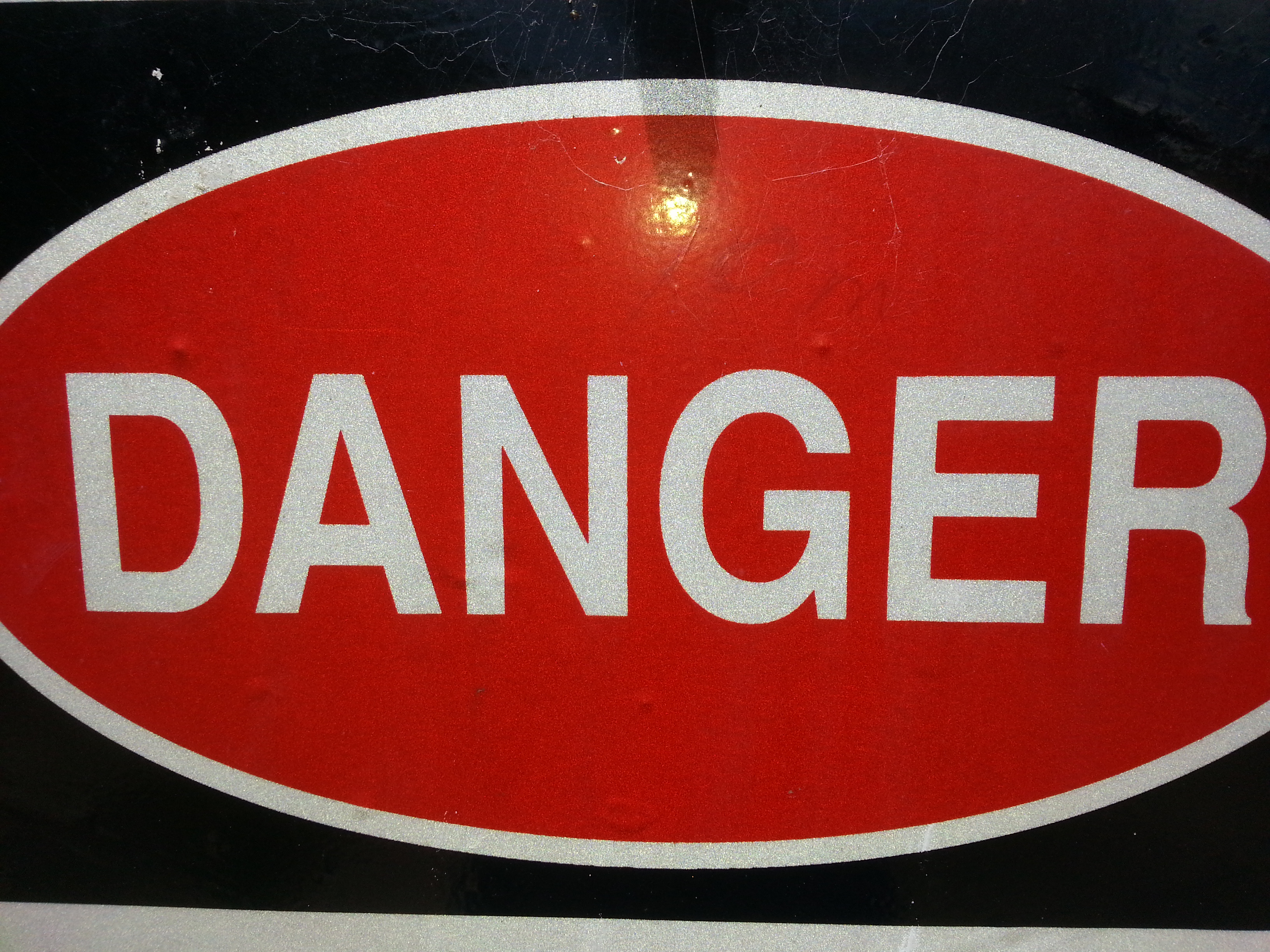Like you, I’ve seen danger signs emerge from strategic trend analyses over time. Things like majority dependency on major customer groups in key regional areas; or highly variable low gross margins in the same product categories for similar customer groups across multiple regions.
I keep a very close eye on the front-end. That’s customers and staff for me.
Danger signs to look out for:
- Customer account attrition rates across more than one market segment accelerate over a short timeframe
- market mapping analyses show a marked shift of volume through different channels
- more than usual first- and second-line reports leave to join a competitor or new industry sector
- relatively stable groups of competitors start aggregating
- offshore parent company visits occur far more often than normal. And potential and current competitors from offshore sniff around more regularly
- distributors’ product mix expands or changes significantly over maybe one or two operating periods.
Brickworks Managing Director Lindsay Partridge says: “Organisations, just like individuals, can go through crucible moments that can define the individual’s future career prospects or an organisation’s future profitability or indeed its viability. Identifying risks is one issue but the real test is the response.
“The CEO only gets the problems that no one else can solve and usually a problem that he or she has never encountered before. Agility and creativity are vital, but the ability to execute bold strategies fearlessly is just as important to turn a deteriorating situation into an opportunity.”
Lead indicators around demand trend analyses will generally show you the likely future business environment conditions. And there are plenty of sources for reasonable research to point to probable change in demand conditions and potential risks.
Sources like industry associations, econometric forecasting outfits, international reports on your country’s consumption trends, government information agencies and commercial research houses. Many industry sectors are cyclical. Some are not and have long-run steady volume growth. Importantly, we have to be across their dynamics and change points.
Customers’ views going forward are the most important lead indicator.
What options might be available to mitigate potential danger signs?
There are lots of options. Too many to list comprehensively here. For example, is there a need to rebalance your product portfolio? Are your customer-servicing costs best-of-breed? Have you locked-in strategic volume with contracts? Are you pricing to delight and reward customers to generate repeat business? How tidy is your balance sheet? Dead wood gone? Where’s the focus? On profit as well as revenue? Is efficiency driven through your manufacturing and distribution operations? Is your organisational culture biased towards a customer-centric theme?
Profitable growth means successful survival
Professor Tracey Green, Executive Dean at Charles Sturt University’s School of Business, Justice and Behavioural Sciences, says: “In the higher education sector a businesslike approach has to be adopted. The opportunities for students to engage in higher education have multiplied. Therefore it is essential to understand the needs of future students and their prospective employers.
“Working closely with the trend data and having very close links to the student body is essential to maintain the relevance of your teaching activity. Developing the ability to identify research opportunities which engage community and have tangible impact is essential if higher education is to maintain professional relationships and enjoy repeat business.”
Bernie Bicknell, COO at specialty multi-channel listed retailer Godfreys Group, believes corporate hubris can be a real issue. “When the business is thriving,” he says, “the natural reaction is to relax and enjoy the ride. Instead, it should be the time to pay extra attention to competitors, market and technology changes.
“The classic case in retail has been those companies that have relied on bricks and mortar and ignored or been slow to respond to digital trading and marketing. Similarly, being in tune with technology developments is critical, given the long lead times that many retailers work with in developing, sourcing and physically moving imported products.
“You cannot ignore the latest development and have to pay attention to the signs: market share movements, competitor marketing changes and supplier intelligence. Delay can mean excess inventory of unwanted product, missed peak selling periods, wasted advertising dollars. The successful retailer maintains a healthy paranoia about the future and invests resource and dollars in the what-ifs.”
Are you agile, flexible and pro-active for growth?
I reckon agility is key in this instantly connected world. Agile decisions drive pro-active action. Agile action gives you a better chance to unnerve your competitors by satisfying your customers, current and new, beyond their expectations.
Is decision-delay a danger sign?
Unfortunately perhaps, in some sectors, I think there is a disconnect in this connected world of business. People are not making decisions as fast as they used to and should be. Perhaps it’s caution in very complex circumstances?
In my opinion, the younger leaders coming through the ranks are demonstrating conservatism levels I didn’t expect. Perhaps it’s a risk-averse attitude to the challenges around innovation in a connected world full of greater apparent risks.
Whatever’s driving this reluctance to make strategic decisions, is it hurting an organisation’s capability to be pro-active? Surely pro-activity is a must for ambition and success?
Slow decision-making arguably must be dangerous in competitive markets; particularly when you’re up against competent, professional, agile and ambitious competitors who don’t like losing!
Some develop processes to understand risk assessment around key decisions. Could that, by its very nature be working against a sense of planned urgency? In other words, passivity reigns.
Don’t you think passiveness in very competitive environments is fundamentally risky?
Is passiveness adding to the danger signs that could re-define your future?








